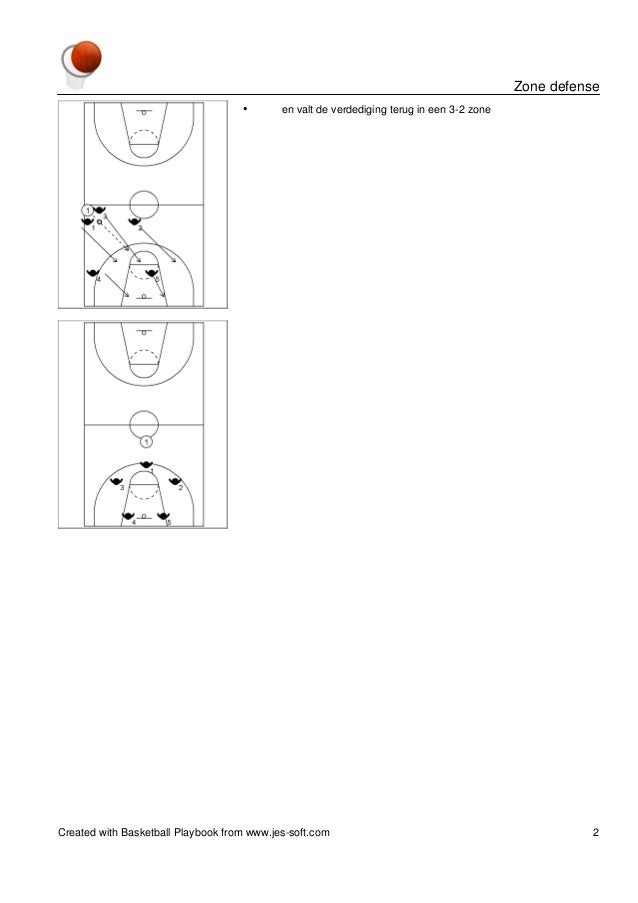

Develop adaptable decision-making processes and communication procedures to support flexible, timely, whole-of-government bilateral coordination and action to respond to conventional and unconventional warfare.Conduct coordinated analysis, tabletop exercises, and training and exercises to reinvigorate bilateral planning and coordination efforts assess bilateral requirements and advance common objectives and approaches to shared challenges.access to Agreed Locations.ĮNHANCE BILATERAL PLANNING AND INFORMATION-SHARING Deepen cooperation under the Enhanced Defense Cooperation Agreement (EDCA) to strengthen interoperability, including through infrastructure improvements enhanced joint use of facilities advancement of additional maritime security, maritime domain awareness, and humanitarian assistance and disaster relief capabilities and rotational U.S.Expand cooperation on maritime security and maritime domain awareness, including through the continued conduct of combined maritime activities, including but not limited to joint patrols.
 Orient bilateral exercises and activities around improving our combined ability to counter armed attacks on either country as well as threats in space and cyberspace, while expanding the scope, scale, and complexity of exercises. Expand investments in non-materiel defense capacity building including through education and training exchanges, exercises, and other operational activities. programs and Philippine national defense procurement and funding initiatives. Prioritize the procurement of interoperable defense platforms sourced from U.S. Coordinate closely on the Philippines’ defense modernization, including through the completion of a Security Sector Assistance Roadmap, to identify priority defense platforms and force packages that will bolster combined deterrence and capacity to resist coercion. The guidelines identify multiple lines of effort to advance these objectives, including the following: Guide priority areas of defense cooperation to address both conventional and non-conventional security challenges of shared concern. Drive unity of effort across all areas of bilateral security and defense cooperation to sustain focus on principal regional security concerns and. Foster a common understanding of roles, missions, and capabilities within the framework of the alliance to face regional and global security challenges. Reaffirm the U.S.-Philippines Mutual Defense Treaty’s enduring relevance in addressing both current and emerging threats. The guidelines are informed by the following goals with the aim of strengthening the United States and the Philippines’ combined deterrence in an evolving security environment, including to: Recognizing that threats may arise in several domains – including land, sea, air, space, and cyberspace – and take the form of asymmetric, hybrid, and irregular warfare and gray-zone tactics, the guidelines chart a way forward to build interoperability in both conventional and non-conventional domains. The guidelines reaffirm that an armed attack in the Pacific, including anywhere in the South China Sea, on either of their public vessels, aircraft, or armed forces – which includes their Coast Guards – would invoke mutual defense commitments under Articles IV and V of the 1951 U.S.-Philippines Mutual Defense Treaty.
Orient bilateral exercises and activities around improving our combined ability to counter armed attacks on either country as well as threats in space and cyberspace, while expanding the scope, scale, and complexity of exercises. Expand investments in non-materiel defense capacity building including through education and training exchanges, exercises, and other operational activities. programs and Philippine national defense procurement and funding initiatives. Prioritize the procurement of interoperable defense platforms sourced from U.S. Coordinate closely on the Philippines’ defense modernization, including through the completion of a Security Sector Assistance Roadmap, to identify priority defense platforms and force packages that will bolster combined deterrence and capacity to resist coercion. The guidelines identify multiple lines of effort to advance these objectives, including the following: Guide priority areas of defense cooperation to address both conventional and non-conventional security challenges of shared concern. Drive unity of effort across all areas of bilateral security and defense cooperation to sustain focus on principal regional security concerns and. Foster a common understanding of roles, missions, and capabilities within the framework of the alliance to face regional and global security challenges. Reaffirm the U.S.-Philippines Mutual Defense Treaty’s enduring relevance in addressing both current and emerging threats. The guidelines are informed by the following goals with the aim of strengthening the United States and the Philippines’ combined deterrence in an evolving security environment, including to: Recognizing that threats may arise in several domains – including land, sea, air, space, and cyberspace – and take the form of asymmetric, hybrid, and irregular warfare and gray-zone tactics, the guidelines chart a way forward to build interoperability in both conventional and non-conventional domains. The guidelines reaffirm that an armed attack in the Pacific, including anywhere in the South China Sea, on either of their public vessels, aircraft, or armed forces – which includes their Coast Guards – would invoke mutual defense commitments under Articles IV and V of the 1951 U.S.-Philippines Mutual Defense Treaty. #HEMISPHERE DEFENSE ZONE FREE#
Austin III and Philippine Secretary of the Department of National Defense Carlito Galvez established the Bilateral Defense Guidelines to modernize alliance cooperation in service of the United States and the Philippines’ shared vision for a free and open Indo-Pacific region.






 0 kommentar(er)
0 kommentar(er)
